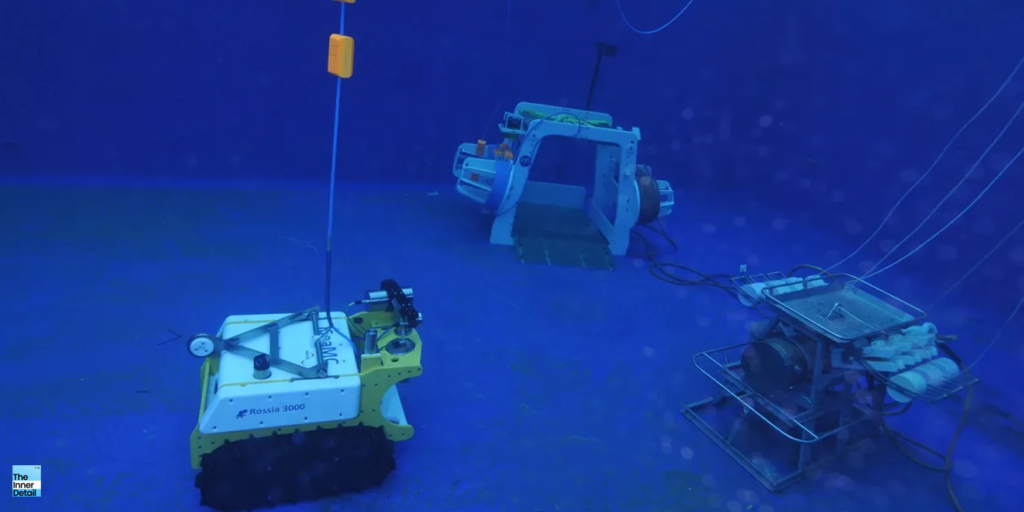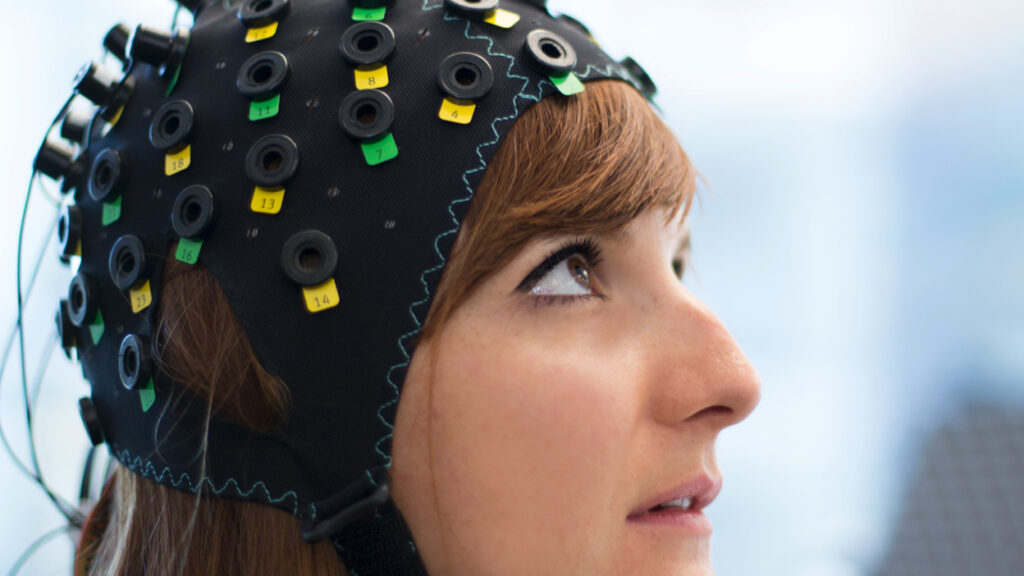France is working on a fully remote-controlled underwater science lab, 2.5 km under the sea for ocean research, monitoring, and control purposes.
Humans in recent years had explored the underwater ecosystem for number of uses, from laying internet sea cables, assessing ocean’s health to data centers under the water. In fact, Japan is hoping to build a huge habitat under the sea, called ‘ocean spiral’ project, where hundreds & thousands of people live along with marine creatures.
Now, France had leaped into the water for a cutting-edge aquatic research facility that’s put-on for ocean health monitoring and to study global warming. It’s first of-the-kind underwater laboratory in Europe.
France’s Underwater Science Lab
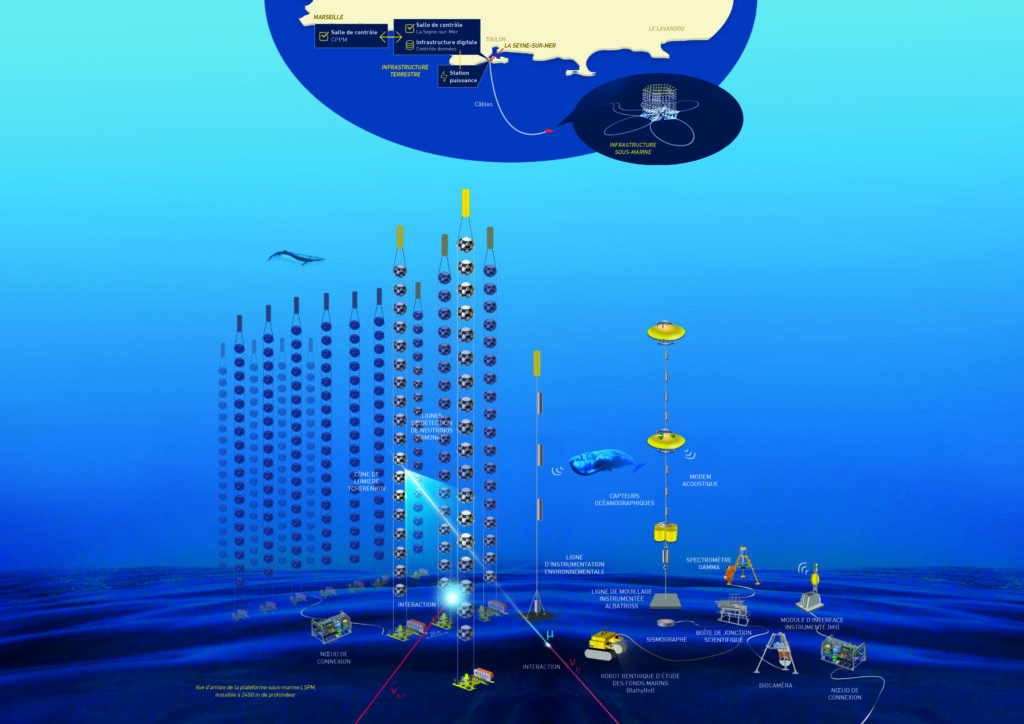
Called Laboratoire Sous-marin Provence Méditerranée (LSPM), the underwater laboratory by France is built near Marseilles, that’s 40 km south of Toulon, France. The science lab infrastructure is located at 8,038 feet (2.45km) underwater, and equips high-tech scientific instruments, sensors, and even a robot for assessing oceanography, geology, and others.
The lab also houses Kilometer Cube Neutrino Telescope (KM3NeT) – a neutrino detector, that comprises of 2,070 spheres seated on 115 lines anchored to the ocean floor and held taut by submerged floats. France is already in works with 15 lines been installed.
The neutrino detectors could help us identify other forces in the universe that we have not yet been able to detect or understand, by finding neutrinos. They can teach us about the core of the densest stars, and could one day lead to the discovery of new astrophysical objects. Neutrino detectors are often built underground, to isolate the detector from cosmic rays and other background radiation.
“These gigantic arrays of detectors can detect neutrinos emanating from the Southern Hemisphere sky. On the rare occasions, the neutrinos interact with water molecules, they produce a bluish flash of light in the darkness of the ocean abyss,” Paschal Coyle, director of LSPM told Ars Technica.
It also has EMSO environmental sensors deployed for crucial ocean health observation.
LSPM’s infrastructure
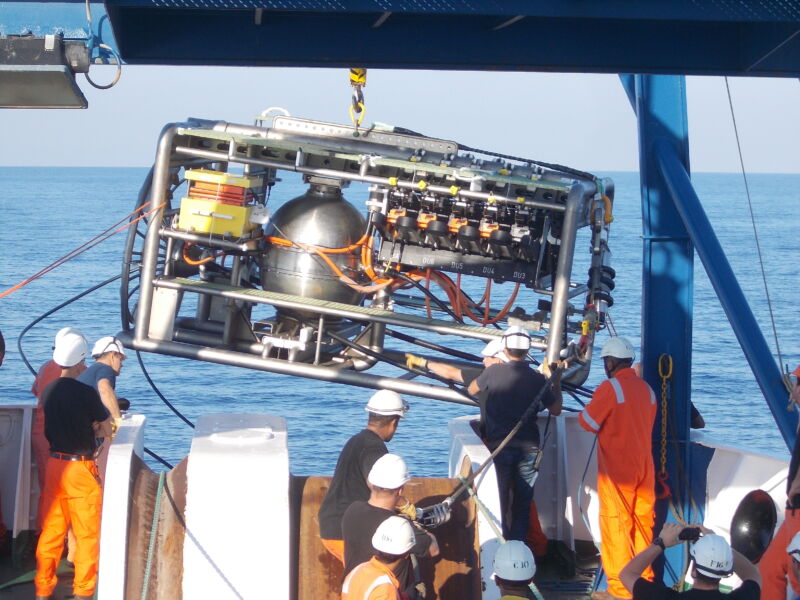
According to the LSPM platform, the underwater science laboratory is being built for these potential uses:
- Electro-optical cables for shore connection
- Junction boxes for interfacing underwater instrumentation
- Availability of deep user ports, with electro-optical link to ground, for instrumentation connection
- Installation of “passive” systems for long-term ageing tests (materials, etc.)
- The lab equips 6,000 virtual sensors that can provide data on earthquakes and underwater noise generated by ships and waves in real time.
- Another instrumentation consists of an array of hydrophones that can detect and record the sounds of whales and dolphins at different frequencies. The data will help scientists understand how often these cetaceans frequent the site, as well as their vocal behavior.
- Long base acoustic positioning system
- Junction box dedicated to environmental measures.
The infrastructure under the sea will collectively be controlled remotely from the land’s two stations:
- Main control room in La Seyne-sur-Mer: For real-time control of experiments, data acquisition and processing, high-speed connection to other control and storage centers.
- Remote control room at the CPPM: showroom, reception, multimedia installations.
Related Posts
Underwater Robot – BathyBot
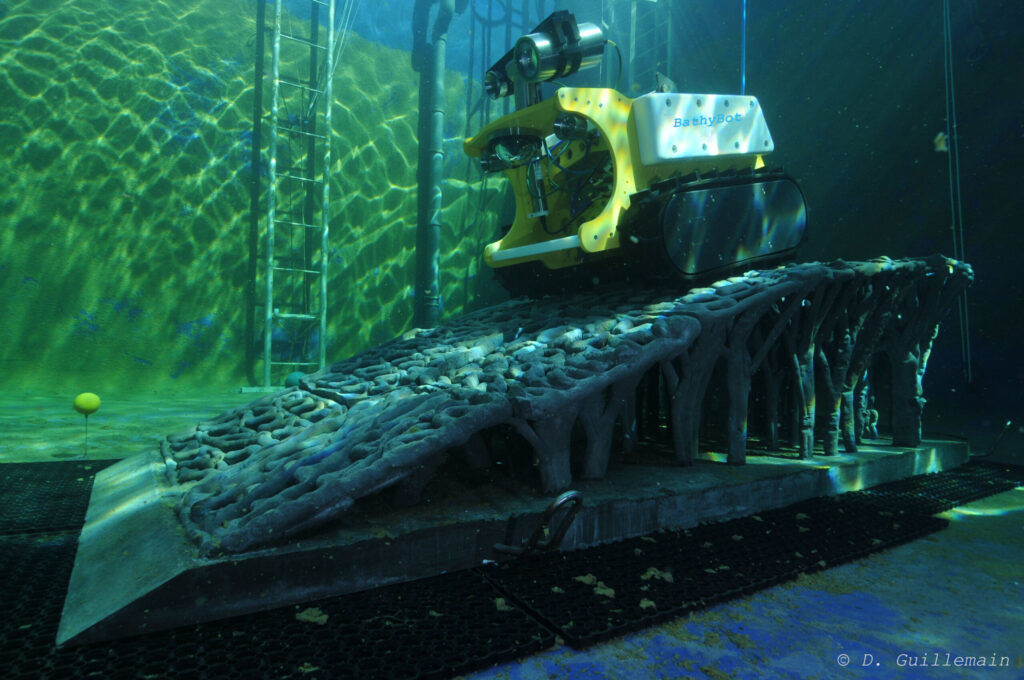
Prominent among them is a underwater robot called BathyBot, developed by the Mediterranean Institute of Oceanography, which can move on the ocean floor thanks to caterpillar tracks. BathyBot is equipped with sensors to measure temperature, oxygen, carbon dioxide concentrations, current speed, and direction, as well as salinity and particle concentration.
You might be interested in this: World’s First Drone that can both fly in Air & Swim in Water
Controlled from the shore and guided by an integrated camera, the robot will also be able to climb a 2-meter-high artificial reef and measure the properties of the water away from the ocean floor sediment.
General Uses of LSPM
- A gamma-ray spectrometer for monitoring radioactivity levels and a single-photon stereo camera to measure bioluminescence of deep-sea organisms.
- LSPM can enhance our understanding of many different unknown phenomena by studying deep sea.
- This could be a key to study long-term effect of global warming.
- LSPM observations already indicates any rise in sea temperature and decrease of oxygen levels even at deep sea levels, pertaining to research on ocean’s health.
With technology making advancements possible, scientists and researchers had been initiating processes to know the world better. However, the level of exploitation of aquatic ecosystem or perturbance to marine creatures has not yet been precisely addressed or considered. Will it concern the aquatic life, how do we know if it had already concerned, are still left unanswered.
What do you think of these underwater science labs and infrastructures? Drop your thoughts in the comments…
Hope you find the page useful!
(For more such interesting informational, technology and innovation stuffs, keep reading The Inner Detail).
